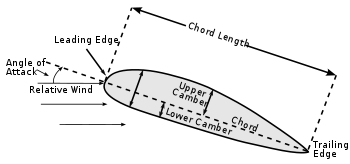I recently received review copies of the Manga Guides to physics and the universe. These made a better impression than the relativity guide that I reviewed earlier. The guide to physics has been out for a while. The guide to the universe comes out June 24.
The Manga Guide to Physics basically covers force, momentum, and energy. The pace is leisurely. There’s not much back story; it cuts to the chase fairly quickly.This guide will not prepare you to solve physics problems, but it does give you a good overview of the basics.
(These books are not entirely manga; all three books I’ve seen in the series have several pages of more traditional textbook content.)
The Manga Guide to the Universe gives a tour of cosmology from the geocentric view to current theories. It contains some very recent material, such as references to the WMAP project.
This book is more rushed than the physics guide. That’s to be expected considering its ambitious scope. It devotes a fairly large amount of space to the back story and this contributes to the book being rushed.
I mentioned in my review of The Manga Guide to Relativity that although Americans associate cartoons with children, that book was not written for children. The physics guide, however, would be appropriate for a wide range of readers. Young readers may not fully appreciate the content, but they would not find anything offensive.
The Manga Guide to the Universe is inoffensive with one exception. There are a couple provocative frames in the prologue that will keep the book off some school library shelves.



 Since air particles going across the top and bottom of the wing arrive at the trailing edge at the same time, the particles going over the top travel further and so are spread further apart. This results in lower pressure over the top of the wing and lifts the airplane.
Since air particles going across the top and bottom of the wing arrive at the trailing edge at the same time, the particles going over the top travel further and so are spread further apart. This results in lower pressure over the top of the wing and lifts the airplane.